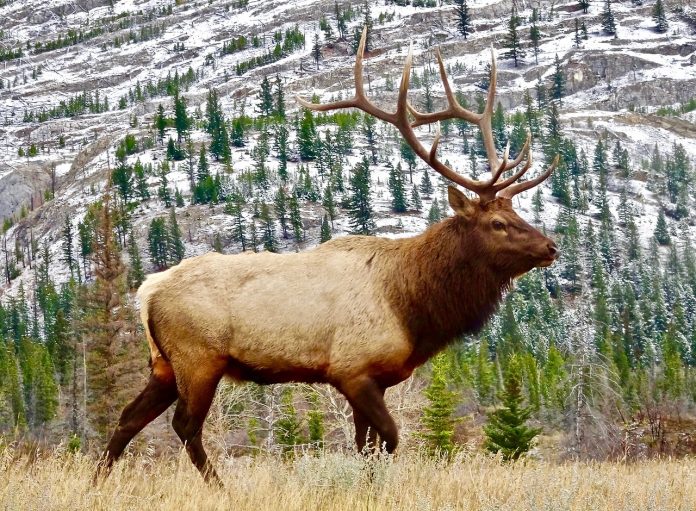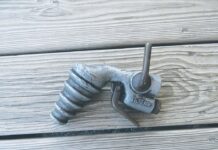Four anxious hunters left Ohio well before the rest of the world awoke, traveling to Junction City, Kansas, for the night.
At one point in time we would have done the whole thing without an overnight break but with age comes wisdom. We’ve discovered the value of motels and how good a few hours rest feels after too many hundreds of miles spent pounding pavement.
Day two brought us into Gunnison, Colorado, and another reserved motel.
From there it was still one more overnight stay, this one in a base camp tent where, come morning, we loaded mules with gear then saddled up for another 12 miles by horseback to our mountainside drop camp at 10,000 feet of very thin air.
That’s what the first day is all about: settling on cooking assignments and sleeping arrangements, acclimating to the altitude, gathering firewood, and basically settling into a camp routine that really starts in yet another day when opening morning of Colorado’s elk season begins.
Oh, did I mention that first day is also for chores such as repairing the canvas tent, searching for scattered and severely damaged camp gear, and in general, simply putting a camp together after an inquisitive black bear had torn it apart?
It’s amazing that a black bear can’t find the courtesy to exit a canvas tent by the same opening it has torn for an entry door.
Drop-camp trip
I wrote the above after an elk hunting trip in southwest Colorado. It’s called a drop-camp trip and indeed that’s exactly what it is.
You get a ride into a primitive wilderness camp and a week later you get a ride out — that’s all.
Hunters hire an outfitter who has access to an exclusive area or section of wilderness and here’s what one can expect: Truthful information concerning the camp where he or she will “drop you” including, needed but basic camp gear, and on-your-own access to the surrounding terrain.
A solid outfitter will provide lists of things you will need to bring which will include your personal gear, your food, your sleeping and other comfort items.
He or she will also tell you about the “how” you will get to your drop camp which is typically by horseback. You’ll also need to know how much stuff you can bring, and more importantly, how much you really need.
Want and need are two different things.
Mules and pack horses are kept safe and healthy by limiting their loads.
The above one-sided conversation is meant to answer the many questions I receive as big game hunters put together plans to enjoy a destination hunt which often revolves around the pursuit of elk, the North American trophy of a lifetime.
Make plans
Indeed, a destination hunt is about bringing dreams to reality and the factors such as physical ability, woodland experience, confidence, a compatible group, free time, and of course, expendable funds, all play a big part.
Hunting public land on your own is the least expensive but does present some major obstacles when the list of factors is studied and discussed.
A drop camp hunt is next in order of cost and answers most of the needs of most experienced hunters.
From there it jumps right up to guided hunts that can often double or triple the cost putting the dream into place.
Why do I bring this up at this time? Simply because a strong number of whitetail deer hunters have been there and done it locally and when the after-hunt campfire conversation leads its way into to “let’s try something different” comes up, it generally brings up elk, antelope and black bears.
And the coming weeks will be the ideal opportunity to visit outdoor shows to talk to outfitters and begin the process.














Mike you are incorrect on a major point you wrote in this article. On a public land hunt outfitters never have exclusive access to any territory anywhere on public land. In fact, a lot of hunters complain that general public hunters often set up camp near their outfitters drop camp.
What outfitters have is a defined territory where they are “allowed” to legally guide. However, they legally cannot tell anyone from the general public they are not allowed in that territory. Hence, the great number of complaints from paying outfitter customers that some public hunters had the gall to place their drop camp in the same area their outfitter setup camp. It is also the reason some outfitter customers complain that there were no elk in their outfitters camp. Because legally, he cannot guide you to where the elk are if they are outside of his permitted location/territory.